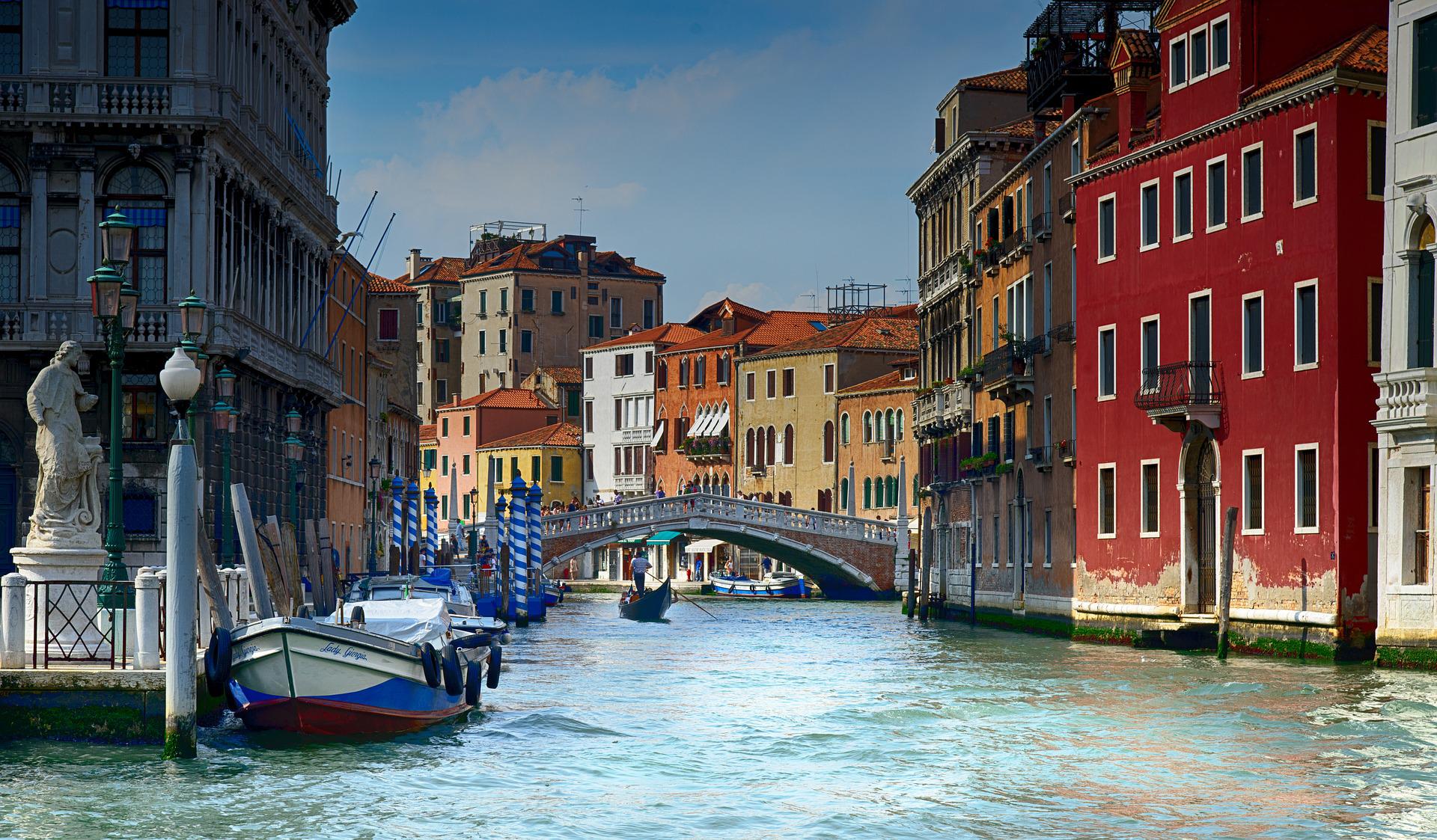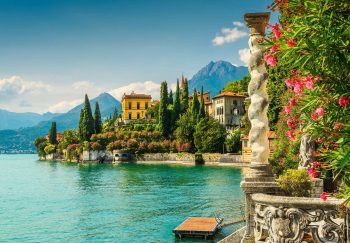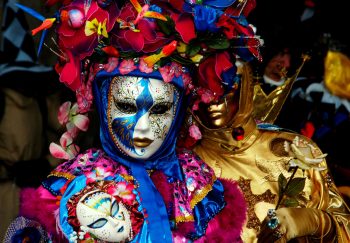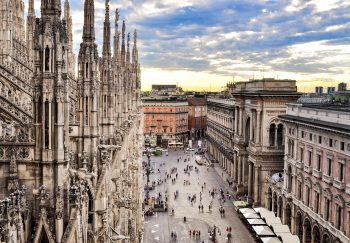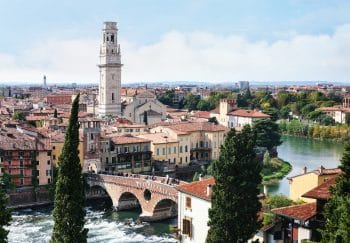Venice is a romantic place. Gondolas glide along winding canals, and pigeons chirping among the crowds at St. Mark’s Square. Perhaps you’re looking for an Aperol-Spritz in a sidewalk café, or perhaps boarding vaporettos water taxis.
Hidden gems with interesting histories await you in Venice. These are the places that 90% of tourists overlook.
Begin walking with me 200m past the Rialto Bridge, to a small wooden bridge over a larger waterway that flows into the Grand Canal. Walk straight for 100 m, cross the bridge and turn left to enter the Jewish Quarter.
The Cannaregio District’s Jewish Ghetto conveys a tranquility of crowds. This gives time for reflection on the 500-years of Jewish heritage.
Venice’s creation of the Jewish Ghetto
Even in the 12th Century, Jewish merchants traveling to Venice were not allowed to stay longer than a few days. Their numbers had increased to nearly 1000 by the 16th century. All Jews were forced to live in the same section of San Girolamo by the Decree of Leonardo Loredam (March 29, 1516) and the Senate of Venice.
They were kept from spilling into other areas of Venice by two gates and walls. The gates were closely guarded by four Christians and opened at sunrise with St. Mark’s largest bell ringing. They were locked at sunset. The Edict required that the Jews pay the salaries of the guards.
This first Venetian Jewish community was the origin of the English word “ghetto”. It was near a getto, pronounced jet-to. Here waste was thrown out of a foundry that melted copper to create cannons.
In Italian, this waste was called “getar”. The German Jews were unable to pronounce “getto”, so they used the hard ‘g” sound to call the area “ghetto”. Since then, it has been the universal name for segregated, Jewish communities.
Jewish People Regulations and Restrictions
In the beginning, Jews had to wear yellow badges. They also had to have a piece lead around their necks as a symbol shame. Women were required to wear one pair of black shoes and one pair of red shoes with an attached bell.
Venetians knew when a Jewish woman passed by because of this. Only three occupations were available to the interned population: money lender, pawnbroker and seller of secondhand clothes.
Despite being restricted, kept in a small space, and living in harsh conditions, the Jewish community survived with its traditions and celebrations. Five synagogues built in the region had to be ethnically separated.
The existing structures were used to house the German, Spanish, Portuguese, and Italian synagogues. They were without any outside ornamentation to distinguish them from synagogues.
Segregation ends
The Army of Italy commanded by Napoleon Bonaparte (28 years old), occupied Venice on May 12, 1797. The gates to the Jewish Ghetto were opened and the Venetian Republic was disintegrated.
Eventually, forced segregation was ended for centuries. Jews chose to remain in the area, and not by force. They still live there and continue to practice their customs and traditions to this day.
The Old and New Jewish Ghetto
We turned the corner to see Hebrew shop and street signs confirming that we were in the Ghetto Nuovo. It also includes the older ghetto, contrary to popular belief. The newer section is located several blocks away from the Ghetto Vecchio.
We walked through narrow streets to reach Campo Del Ghetto Nuovo. The square was surrounded by tall, nine-story buildings that were thought to be Venetian skyscrapers. By the 1600s, the Jewish population had grown to more than 5000.
The area was limited so the clever Jews built wooden partitions to lower ceilings and create additional floors. They were able to accommodate more people in a single building. Some units had ceilings so low that it was hard to stand straight.
The Jewish Ghetto in Venice Today
This area is home to approximately 450 Jewish families. These buildings have shops on the first floor that reflect the daily life of Venetian Jews. A bakery, a bookstore, and a Kosher guest house are all available. There is also a Museum of Jewish Art and Judaic Shops, as well as two original synagogues.
A large, carved memorial plaque is attached to the building’s exterior. It caught my attention. It is a memorial to the victims of the Venetian Holocaust. The Nazis began a systematic hunt in Venice for Jews in 1943. According to reports, eight Jewish residents survived the death camps.
We walked the streets of the ghetto, leaving the square. We soon found the main attraction of our exploration of this historical area. We found ourselves directly across from Cannaregio 1233 in Ghetto Nuovo and were able to enter a world full of Jewish ghetto residents, and their passion for everyday life.
The Studio in Venice was a shop that featured brightly colored images. The canvases were swayed by delight as they danced on the walls.
Beautiful Illustrations Show the Struggles of the Jewish Ghetto
Famous, Haifa-born Israeli artist Michal Meron, and her husband, Alon Baker, have illustrated early Jewish Ghetto experiences. It is called 500 Years of Venetian Ghetto history and Scenes from Daily Life. Michal has completed a large scroll with her unique pictorial interpretations of the Torah, and Jewish Festivals.
Amazing images on canvas depict the struggles of this first European ghetto, 1516. The paintings convey the unique environment in a way that is more clear than any written text.
To appreciate the range of daily activities, it must be carefully studied. Cats, which were brought to Venice to help with the rat problem are a perfect example of this extraordinary detail.
Michal is a well-known leader in micrography, a Jewish art of embellishment of biblical text and marriage contracts that was developed in the 9th Century. I felt joy all around and marveled at Michal’s passion for sharing the Ghetto story with the rest of the world.
Venice: See another side
I have been to Venice before. I’ve seen the bridge of signs, St. Mark’s Cathedral, and canals. However, I never felt the same connection to Venice’s people as I did after visiting its Jewish Ghetto.
Leave the crowds behind on your next trip to Venice. Walk along the streets that are 500 years old and find the little wooden bridge. Then, marvel at humanity and not architecture or waterscapes.
